The World Intelligence Conference, which was just past, hosted a driverless race. Each of the participating companies in the “Guo Zihao†technical competition led by the National Development and Reform Commission and the Ministry of Information has come up with their own housekeeping skills. Let's take a look at the related content with the car electronics editor.
In particular, the driver's car is the most iconic configuration of laser radar. Previously, the supplier of this sensor was almost all from a US company, Velodyne (see Titanium Media previously reported). However, at this conference, the driverless teams of Beijing Aerospace University, Beijing Union University, and China Automotive Research Institute have adopted different laser radar schemes.
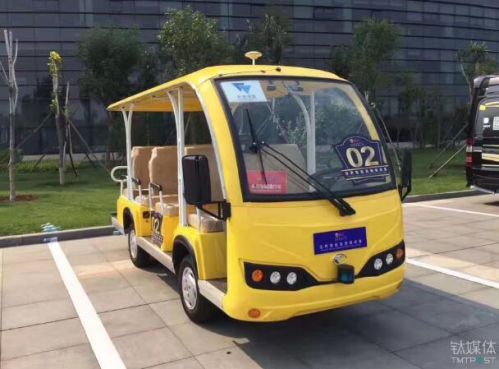
China Automotive Research's driverless car uses Sagitar's radar products
The company that captured the rule of Velodyne was a multi-line laser radar team from Shenzhen, founded by Qiu Chunxin and Qiu Chunchao. His brother Qiu Chunxin is a postdoctoral fellow at the Shenzhen Research Institute of Harbin Institute of Technology. He is a standard technical man who specializes in outdoor robot environment perception. He is currently the CEO of Sagitar, while his younger brother Qiu Chunchao is interested in business and has been working in public relations and marketing. Now he is the CMO of Sagitar and is responsible for market work.
The first contact with Titanium Media was through a telephone interview. At that time, Velodyne smashed the unmanned market and penetrated many related industries such as host manufacturers, maps and academic institutions. Where are the opportunities for new entrants? Qiu Chunxin, the CEO of Juchuang, said with great confidence that no matter which company Velodyne or any company, the technology of multi-line lidar itself is not mature enough, there is a lot of room for development, and most importantly, the production capacity of Velodyne is not in demand. The delivery cycle is up to 4 months.
Nowadays, with the mass production of the RS-LIDAR, a 16-line laser radar product from Sagitar, it has also begun to encounter such "sweet troubles".
In April, Sagitar has invested more than 20 production lines to start mass production of 16-line laser radar, and now it has increased to 100 production lines. The product is priced at more than 5,000 US dollars, which is nearly 40% lower than the price of the 8,000 US dollars for the Velodyne 16-line radar.
The price advantage and the two-week delivery cycle have caused the driverless industry to boil. Sagitar CMO Qiu Chunchao told the Titanium media that after releasing the news of mass production preparation, it received more than 2,000 intention orders in two weeks. In May, they shipped 100 units.
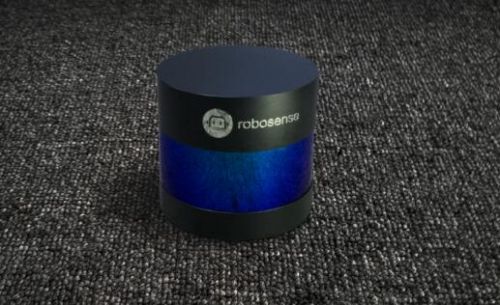
Sagitar Juchuang CMO Qiu Chunchao
"At first we thought that our production capacity is a bit redundant. It is totally useless now. Those relatively famous R&D institutions, it wants you to give it to you, the school teacher said that I am doing education, I want, the military mouth. You have to give it to you." Sagitar Chuang Qiu Chaochao said, "So we stopped all the next week in the second week, I have to slow down and can't help."
Compared with the brighter commercialization prospects today, Sagitar has experienced many dilemmas in its product route and application direction.
From robot to driverless
Among the unmanned technologies, laser radar, millimeter wave radar, and visual sensors are the mainstream means for sensing the surrounding environment. In terms of detection accuracy, detection distance, stability, and adaptability to climatic conditions, the laser radar has more obvious advantage.
BradTempleton, Google's autonomous driving consultant, once said, "To achieve 99% accuracy is not enough for vehicle driving. We need 99.99999% accuracy. Lidar is the strongest guarantee for several decimal places."
ALon Musk, who has always been arrogant, has publicly stated that auto-driving sensors are deployed only with cameras and millimeter-wave radars. However, some media have already exploded, and Tesla is also using Velodyne's 64-line radar for autopilot testing.
As a tool for sensor redundancy design and precision ranging, the use of laser radar has become the standard for high-end unmanned technology solutions. Founded in August 2014, Sagitar Juchuang, which has overcome the laser radar technology within three years, is often surprising in the industry. But looking back at the predecessor of Sagitar, it has been in the laser radar industry for nearly 10 years.
In 2007, Qiu Chunxin, the CEO of Sagitar Juchuang, began to make the sensing technology of outdoor robots. Qiu Chunxin called this the earliest landing application for driverless driving. Until the beginning of the establishment of Sagitar, the company's products are also focused on the familiar robot field, they have to do the "eyes" of the robot, which can be seen in the English name Robosense and LOGO of the company.
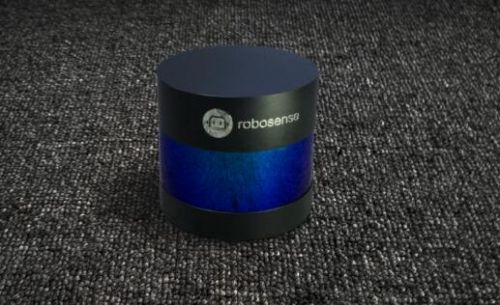
However, the robot itself did not have a good landing scene, and Sagitar could not be the right water seller.
"When 14 years of business, half of the Sagitar team is doing algorithms, and half of them are doing hardware." Qiu Chunxin said. The entrepreneurial field of robotics has enabled Sagitar to accumulate in hardware and soon has its own single-line lidar.
Sagitar Juchuang also considered the cooperation of mapping surveying and mapping companies in the past, but the surveying and mapping requirements for shooting distance are much higher, at least 500 meters. Sagitar was created at the time of medium and short range detection products, the application range is 100 meters, and The surveying and mapping market itself is no bigger than the robot's imagination.
Sagitar has quickly adjusted its direction and selected the field of construction and home decoration with a large market size. This industry often needs to use laser radar to scan the environment, which is what laser radar is good at. Focusing on the construction and home improvement field not only helped Sagitar to achieve good revenue, but also enabled the technology of Sagitar to be further precipitated in commercial applications.
"After providing the laser radar equipment, we have made 5 algorithm modules, automatic splicing, automatic extraction, automatic generation, automatic extraction of the location of the socket floor drain, automatic production of 3D models, evaluation of the roughness of the wall." Qiu Chunxin said.
Although drones have been detonated by Google very early, the market in China is still around 2015. In July of 2015, Sagitar, which smelled this trend, began to turn its attention to the driverless industry. Of course, this also has the popularity of lidar technology in college research, and Sagitar has attracted a lot of relevant talents in its contacts with colleges and universities.
"The multi-line laser radar we provide is not only a Device, but also a matching point cloud algorithm." Qiu Chunxin told Titanium Media. This is the advantage that their team's genes bring.
"Do a good job in the autopilot star team"
Regarding the laser radar team whether to do algorithms, some people in the industry believe that the current laser radar hardware itself needs too much work to do, it is good to be able to do a good product cycle. However, Sagitar has more requirements for itself.
Qiu Chunxin said that the company has grown to less than three years since its establishment, and more than 40 of them have done algorithms.
In Qiu Chunxin's view, it is precisely because the current laser radar products are still in the initial stage, they need to provide supporting algorithms to the manufacturers. With algorithms, standard application rules can be formed.
"For example, Intel's own chip also has a lot of low-level libraries, which is a combination of soft and hard solutions." Qiu Chunxin said, "Lidar and algorithms are also closely related. If you don't do algorithms, it is difficult to understand how hardware should be done. Like Velodyne, which only provides equipment, its equipment upgrades have been slow in recent years, and where its equipment is placed, and the choice of equipment is very confusing, and each customer understands the location according to their own algorithm. â€
Qiu Chunxin, the CMO in charge of the market, proposed a more concrete route. "Sagitar is to be the 'supporting role' of the auto-driving star enterprise, and to achieve the best supporting role, which requires a laser radar from hardware to algorithm. Overall solution."
Of course, in addition to the software and hardware integration program, Sagitar is a startup team, and service efficiency also occupies some advantages. Compared to Velodyne's location in the United States, through postal after-sales issues via email, and some domestic laser radar companies created by academic institutions, Sagitar provides timely support for installation, commissioning and other product use issues.
Difficult mass production road, the shadow of Velodyne
As in the face of the choice of application areas, the choice of products has also plagued the rapid growth. Because the industry pioneer Velodyne's product line is relatively complete, covering 64 lines, 32 lines and 16 lines, therefore, when Sagitar gathered to set the product direction, it suffered a lot of external pressure.
"There will be investors coming over and asking if you are going to do 32 lines, or do you want to do 64 lines. Everyone has to explain it to him from beginning to end." Qiu Chunchao said.
In fact, Sagitar has also considered making a full product line, launching 64-line products like Velodyne, but found that the increase in wiring harness makes the adjustment and assembly difficult, and the production time is greatly extended, which is very inconsistent with entrepreneurship. The pace of development.
“At that time, all the founders’ team met and discussed until 3 in the morning. Everyone has nothing to say.†Qiu Chunchao recalled, “I later sent an internal mail to analyze this matter in detail. The 64-line laser radar is very difficult. Mass production, and if there are 100 companies around the world doing autopilot, maybe 70 have already bought Velodyne's 64-line products. Why do you want someone to change them?"
In the end, in Qiu Chunxin's e-mail, Sagitar gathered to set the direction, that is, to make a 16-line product with a relatively large market gap.
However, even the 16-wire product did not go well in the early stages of mass production. In October 2016, Sagitar Juchuang announced a mass production plan, but it was not until April of this year that this commitment came to the fore.
"To produce a mobile phone, you can give him a drawing and you can get it in 4 months, but the production of laser radar is entirely our own groping process. Maybe you made it very well today, and it will be automatically scheduled tomorrow. The two lines have fallen, and they have to be re-made." Qiu Chunchao said, "This is a very painful process, and there are only two production lines in the country that can produce laser radar. There is not much room for choice. Many times, it needs to be changed to overnight. Later, we all doubted whether we became a technology company, not a technology company."
What's even more embarrassing is that Velodyne acquired the automation plant in San Jose and brought the mechanical laser radar into the assembly line to fill the media. In this context, the team of founders of Sagitar has encountered an unprecedented crisis of trust.
Qiu Chunchao recalled, “At that time, engineers and technicians were directly assigned to the factory to train the workers on the production line and to guide them at the production site.â€
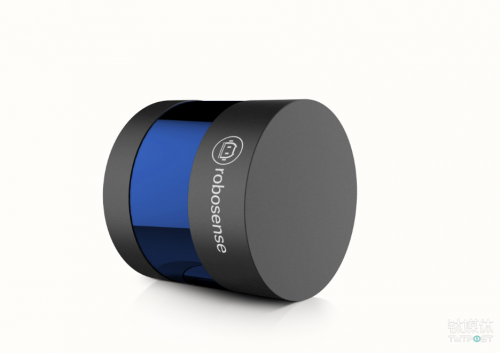
How does the domestic laser radar break out under the shadow of Velodyne?
It is understood that the current speed of the 16-line laser radar product presented by the company is 150 meters, the precision is 2 mm, the performance has reached the frontier level of the industry, and the price is nearly 40% lower than the same type of product of Velodyne. .
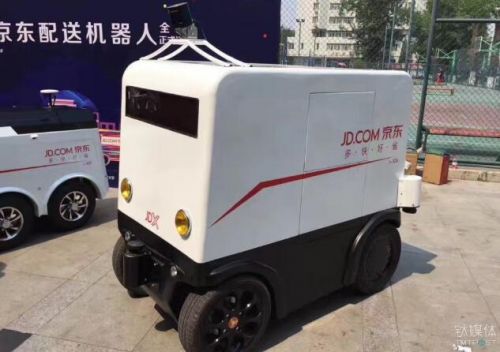
Jingdong unmanned delivery vehicle equipped with Sagitar Juchuang laser radar
The mass production-first market strategy has enabled Sagitar to quickly receive positive feedback.
Not long ago, Jingdong held a small unmanned driving
 [1] [2]
[1] [2] 
CIXI LANGUANG PHOTOELECTRIC TECHNOLOGY CO..LTD , https://www.cxblueray.com
